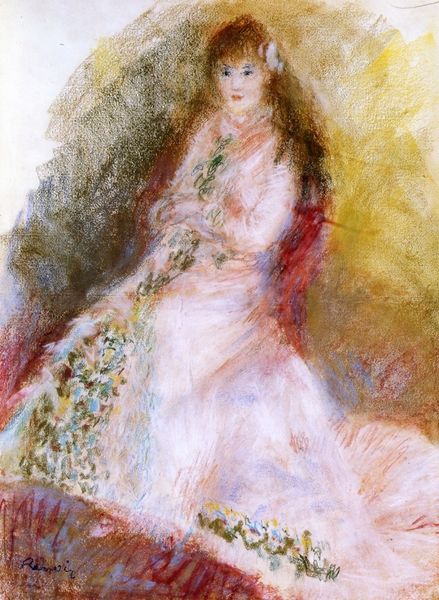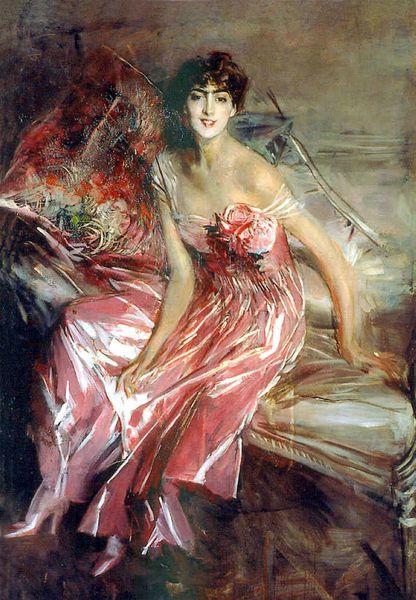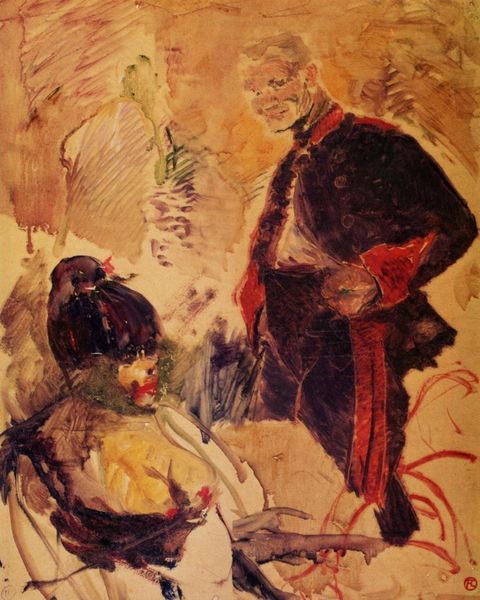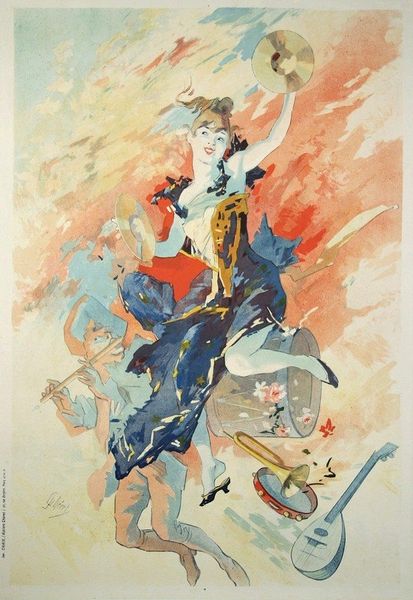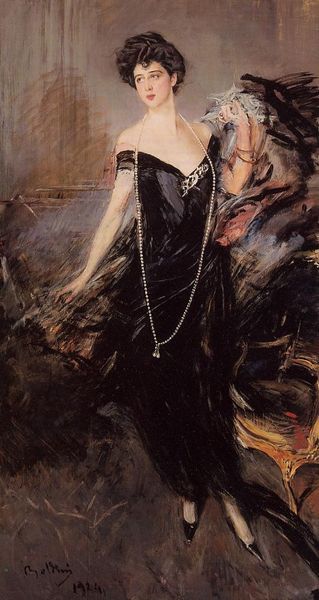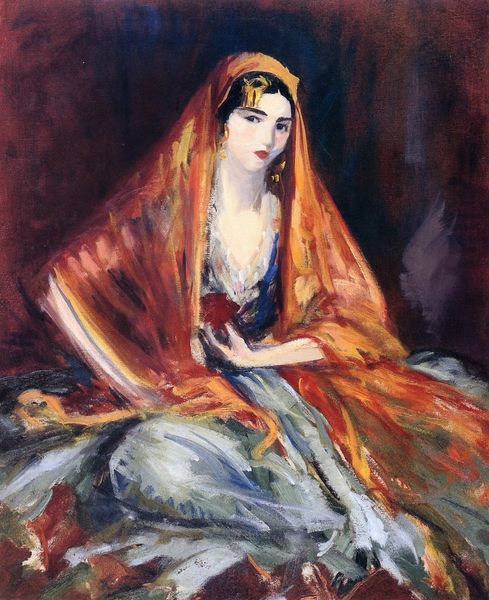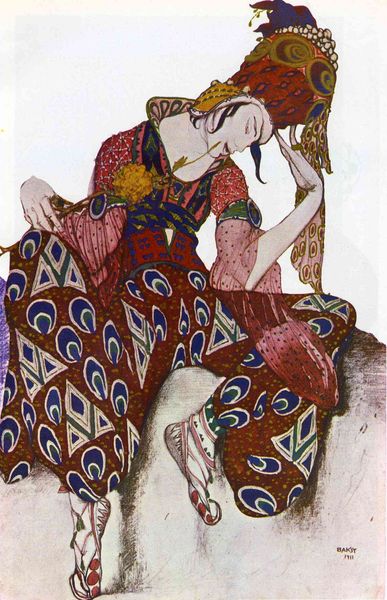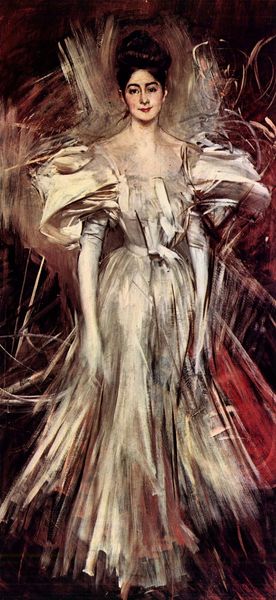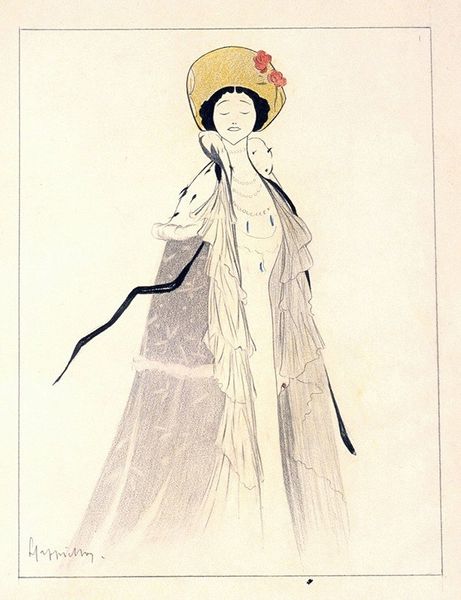
painting, watercolor
#
portrait
#
narrative-art
#
painting
#
figuration
#
oil painting
#
watercolor
#
orientalism
#
christianity
#
symbolism
#
history-painting
#
academic-art
#
lady
#
erotic-art
Copyright: Public domain
Curator: Here we see Gustave Moreau's "Salome," painted in 1875. It's currently held at the Musée National Gustave Moreau in Paris. Editor: My immediate impression is one of lightness, even ethereality. The watercolor medium lends itself to this fleeting, dreamlike quality. I see quick brushstrokes. Curator: Absolutely. Moreau uses watercolor to wonderful effect, allowing the translucent washes to build a sense of both opulence and melancholy. Note how Salome’s figure seems to almost emerge from the surrounding space. What symbolic meanings are captured here? Editor: Thinking about materials and making, it's interesting to consider watercolor in the context of high art. Moreau, of course, was associated with Symbolism, but his work, in terms of material application, sits in a space separate from academic traditions of the time. Curator: It challenges a fixed understanding, doesn't it? Looking closely, we can see echoes of the femme fatale archetype in Salome: beauty and danger inextricably linked. The dark accents around her head and clothing symbolize an internalized corruption or tragic predetermination. Editor: Exactly! A visual construction born out of pigment suspended in water—this is how we give weight to loaded subject matter. How easily we can dismiss watercolors! Consider the social associations connected to this supposedly delicate material. Curator: But this medium doesn't at all limit Moreau’s capability. If anything, it adds an eerie psychological dimension. It almost feels as if the figure is vanishing before our eyes. What does that say about the narrative—about its lasting effects or its eventual erasure? Editor: And isn’t that connected to its allure and power? Its disposability! Like labor, the materiality isn’t necessarily supposed to “last.” Here we have an example of transient matter used to construct and depict long-lasting symbolism. The artwork exists through, in spite of, its ephemerality. Curator: Indeed. Through Salome’s presence—however ephemeral or lasting—we also glimpse the ongoing appeal of history paintings, as a space to interrogate identity and myth, across all sorts of divisions, temporal, class-based, or otherwise. Editor: Considering all of this, Moreau's "Salome" becomes a study in both the beauty and potential deceit of fleeting surfaces.
Comments
No comments
Be the first to comment and join the conversation on the ultimate creative platform.


